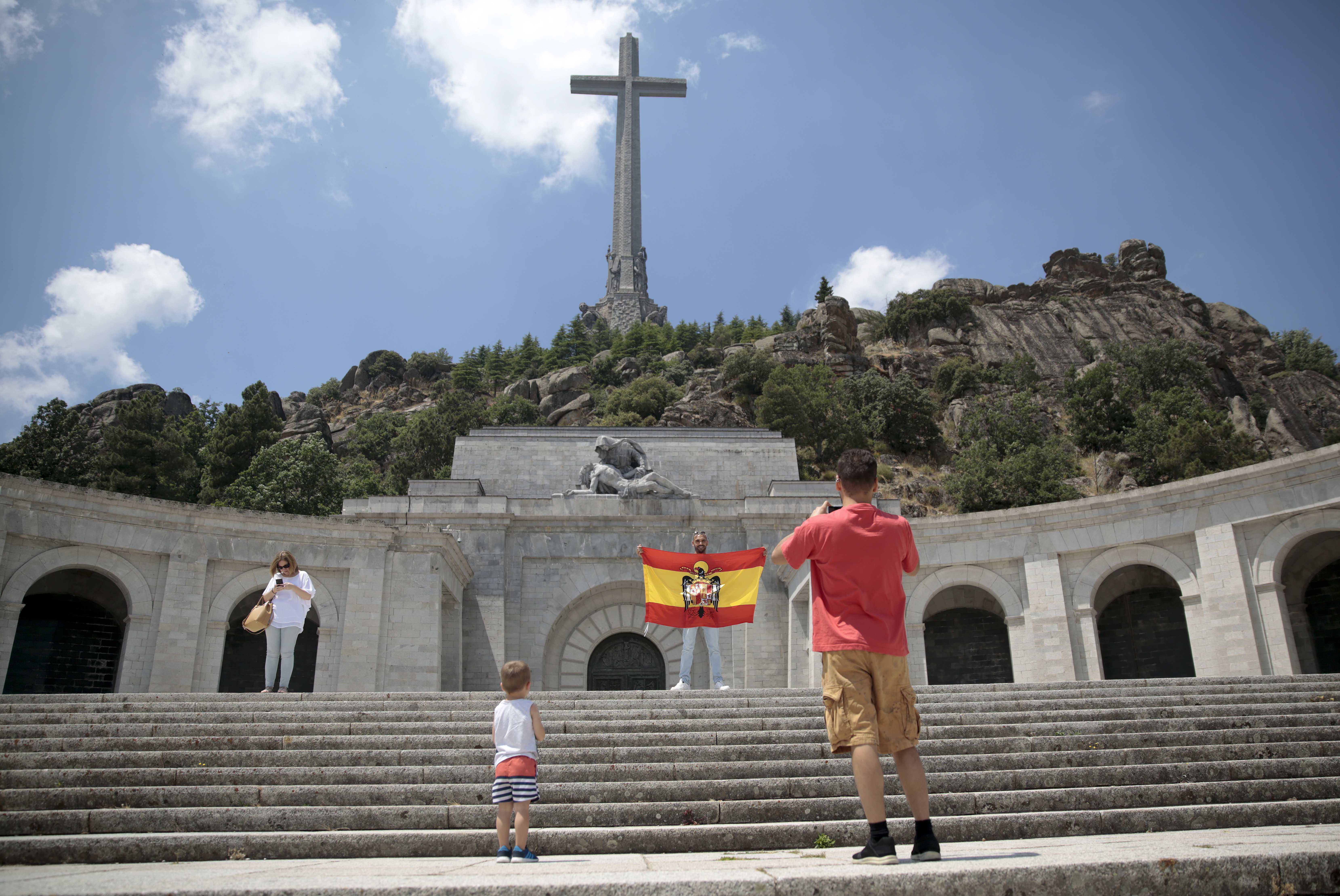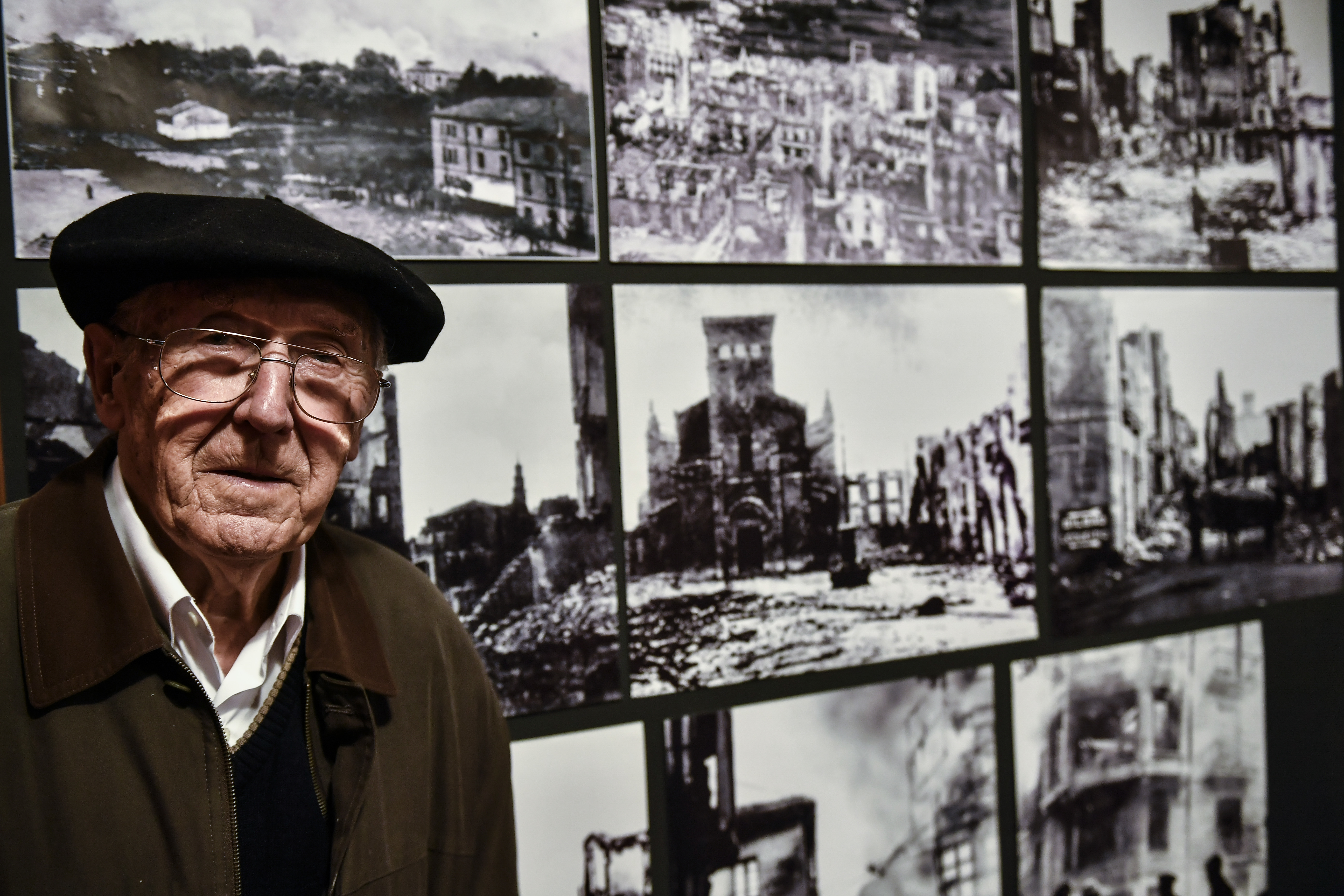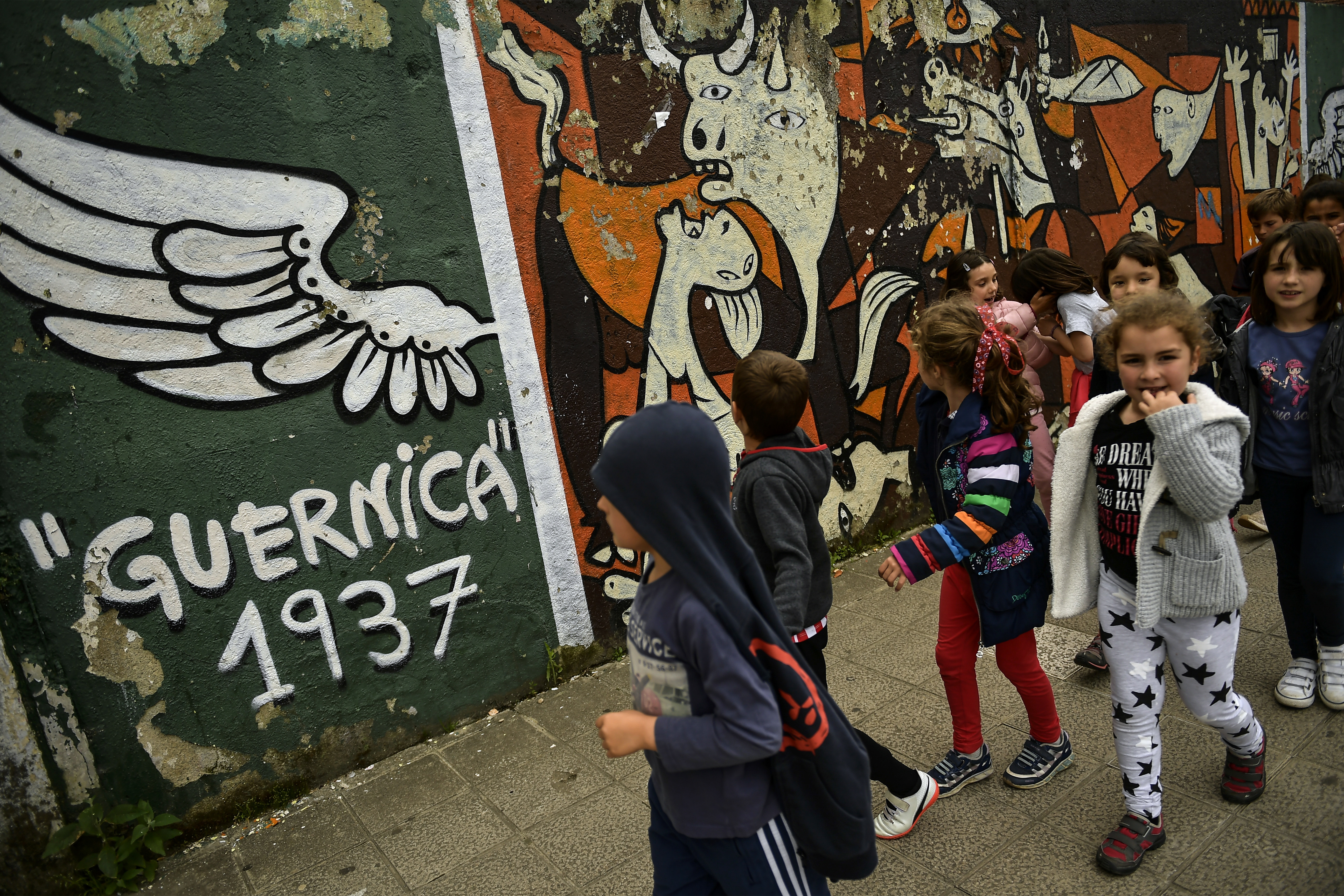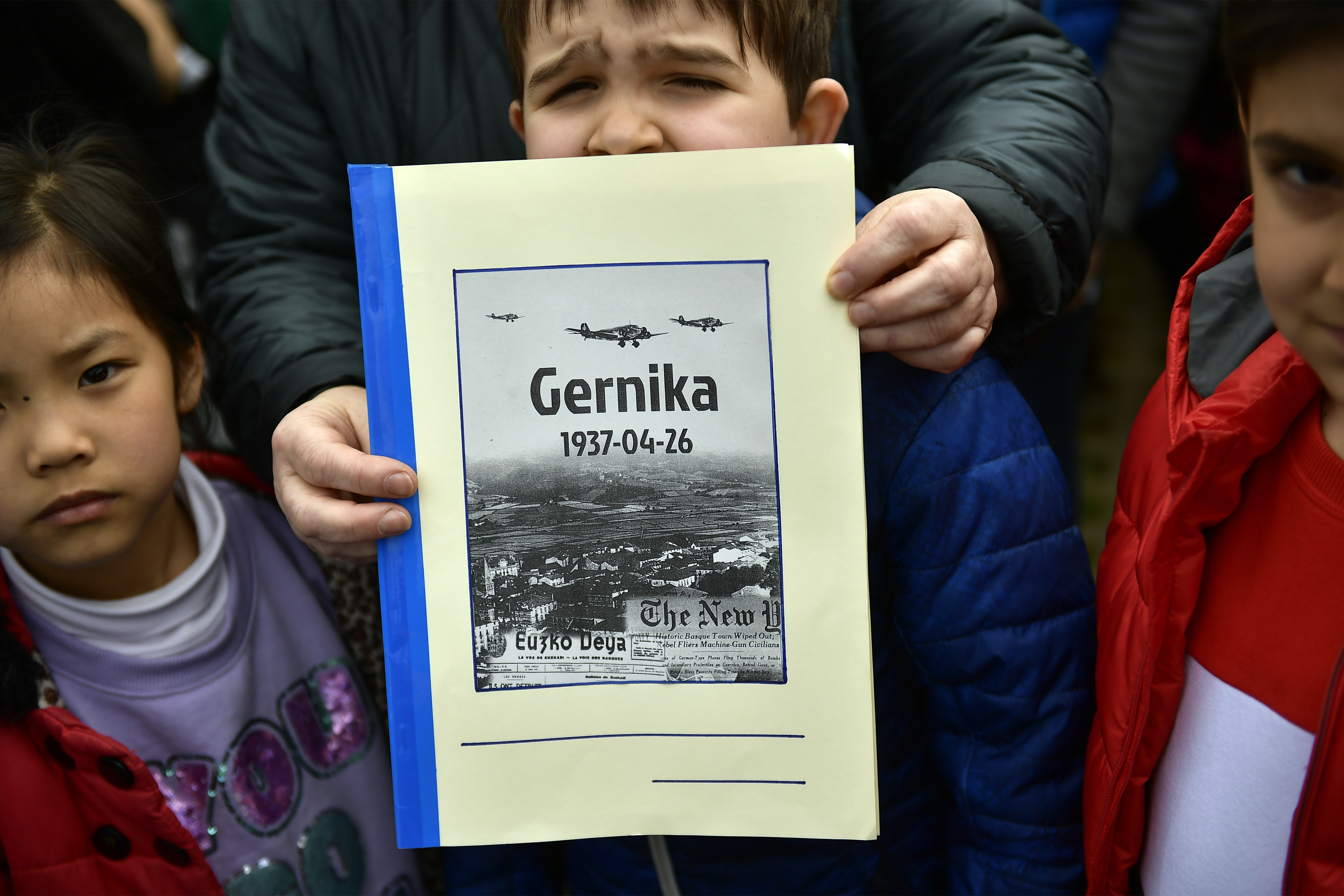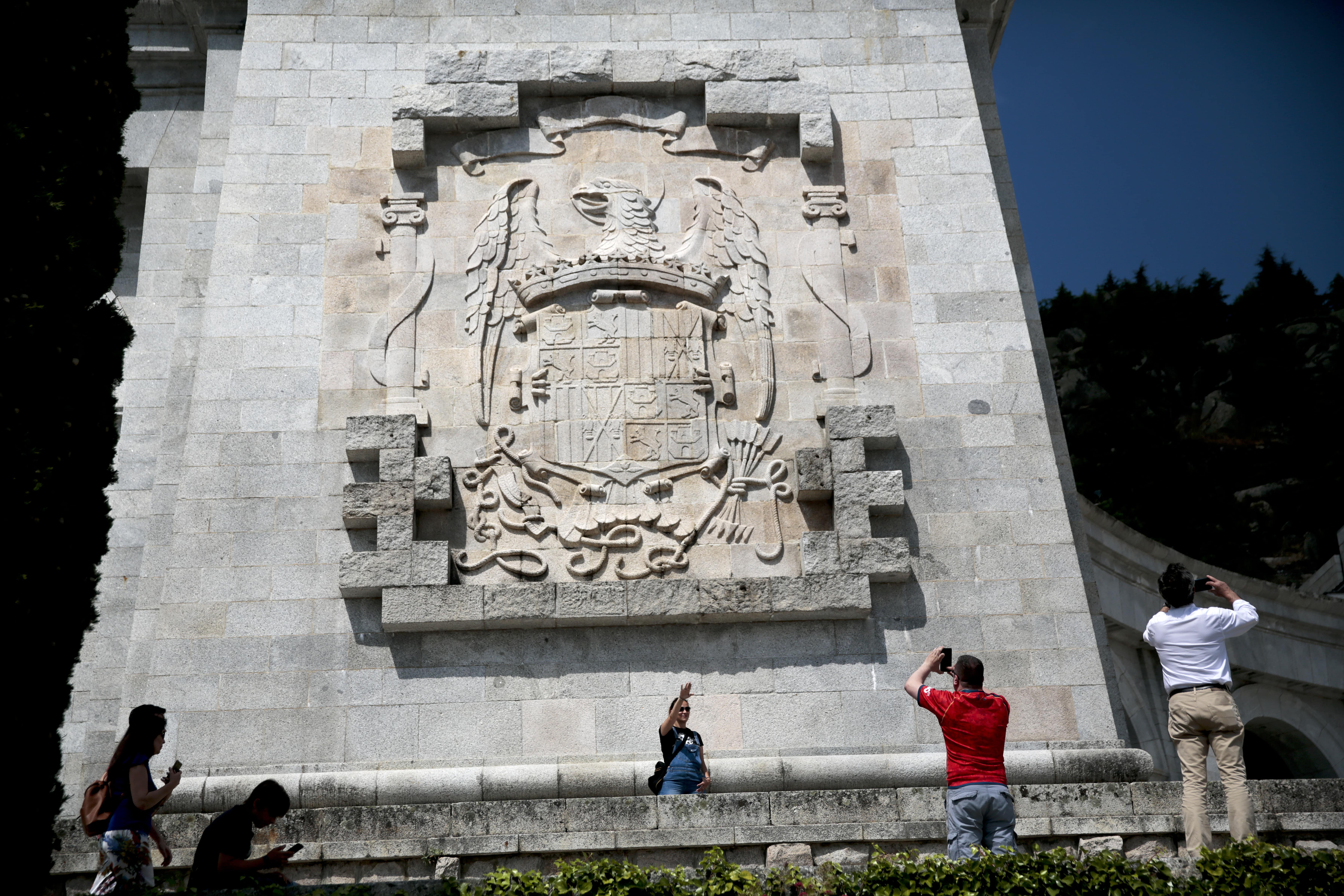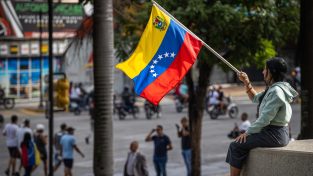Memoria del Novecento
Il nuovo governo socialista ha deciso di dare attuazione alla proposta, votata dal parlamento spagnolo del 2017, di rimuovere i resti del caudillo Francisco Franco dal sacrario della Valle de los Caìdos. Monumento costruito con il lavoro forzato dei prigionieri politici dal 1940 al 1958. Una ferita aperta, e un dibattito ancora acceso, mentre si continuano a scoprire i resti delle vittime di una guerra civile che ha devastato quel Paese dal 1936 al 1939. Segni di una memoria da ricomporre, nonostante l’incruento passaggio alla democrazia avvenuto nel 1978.
Foto Ap del mausoleo e dei ritrovamenti di resti delle vittime della guerra civile spagnola.
